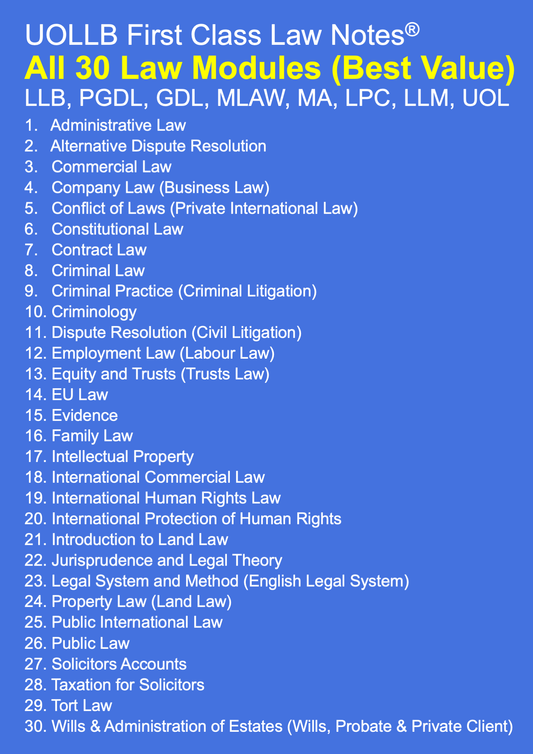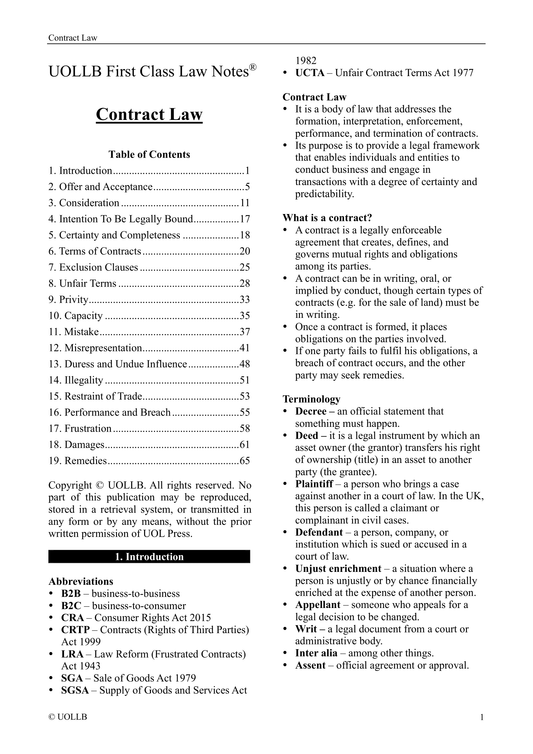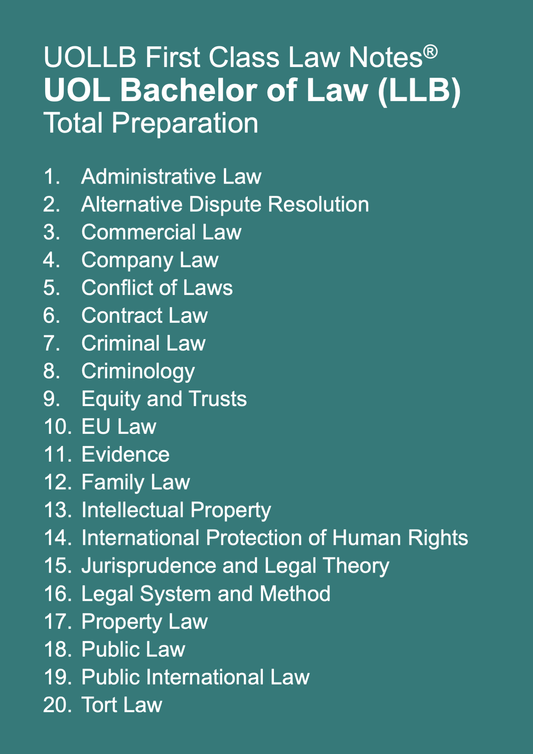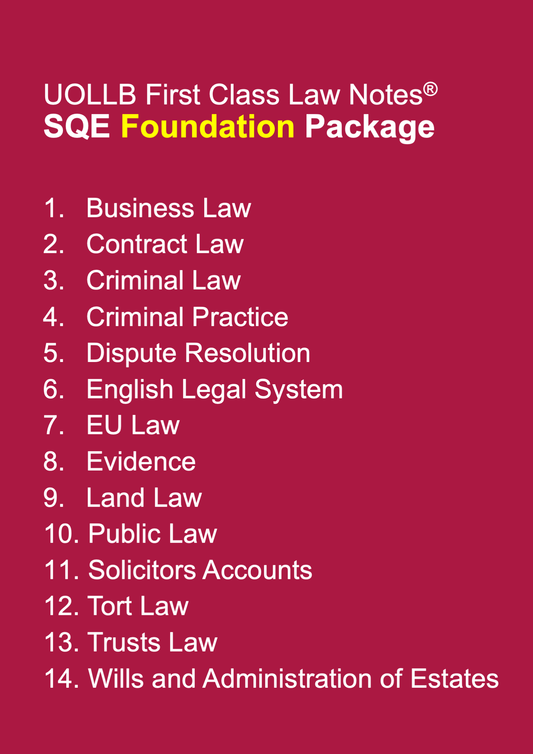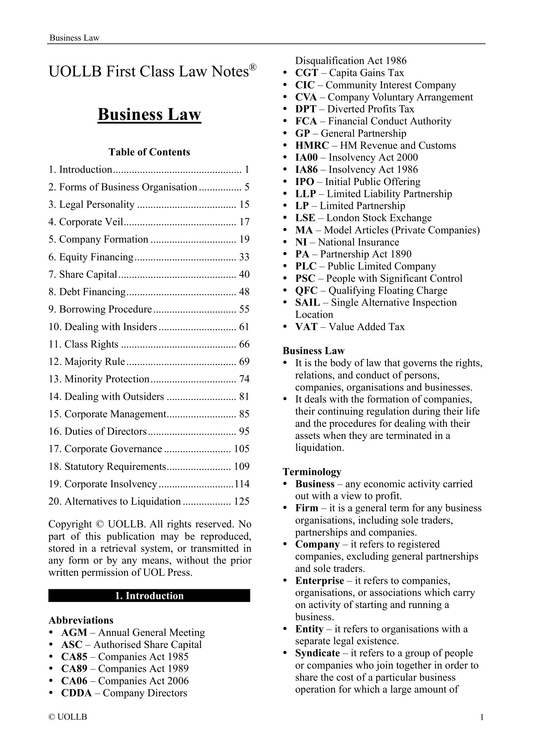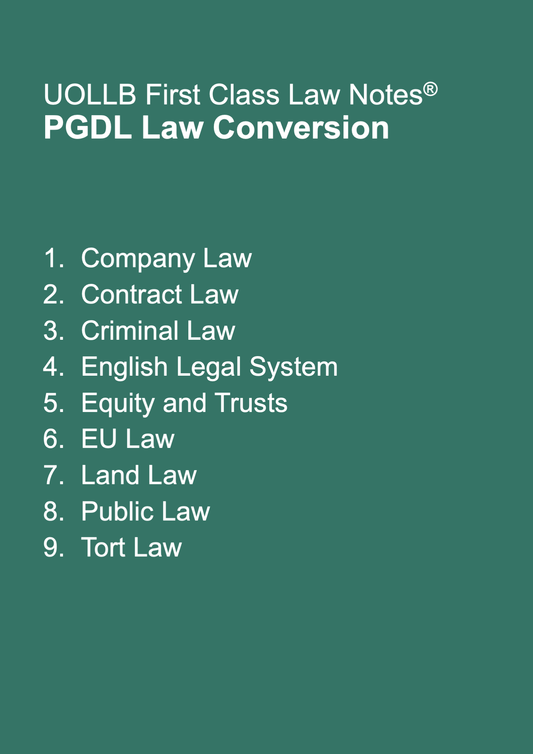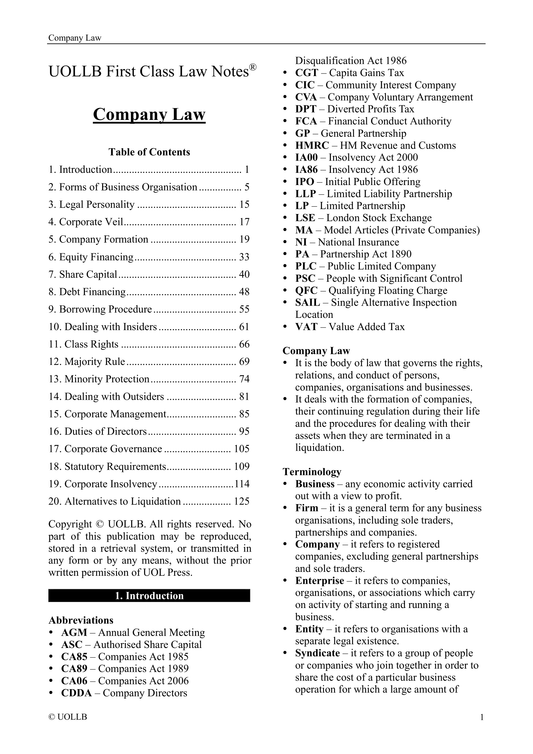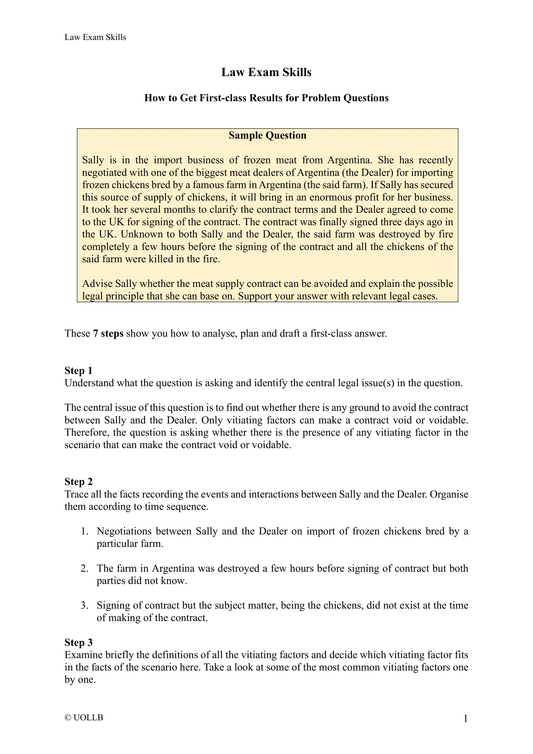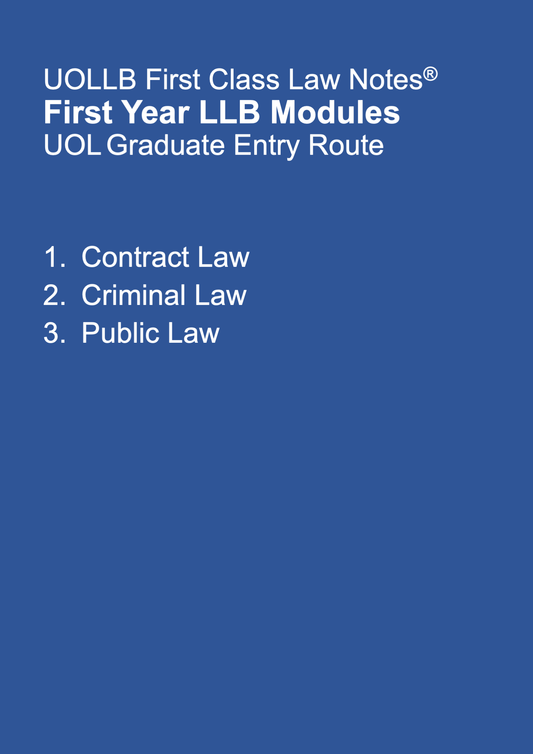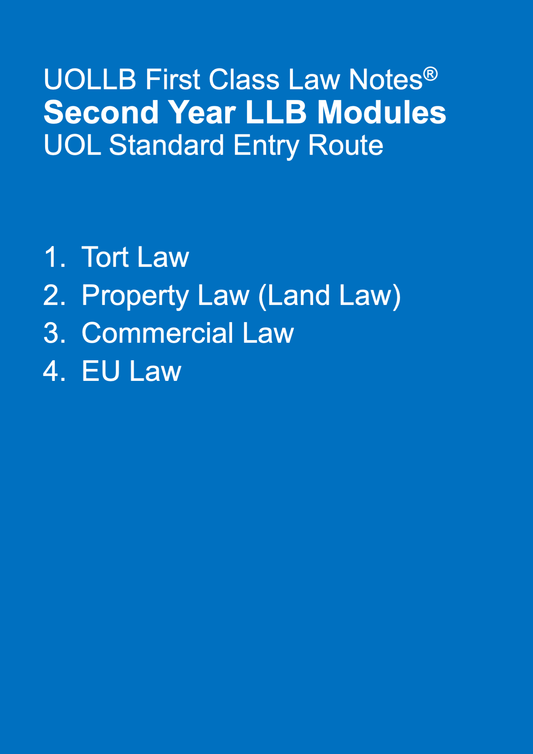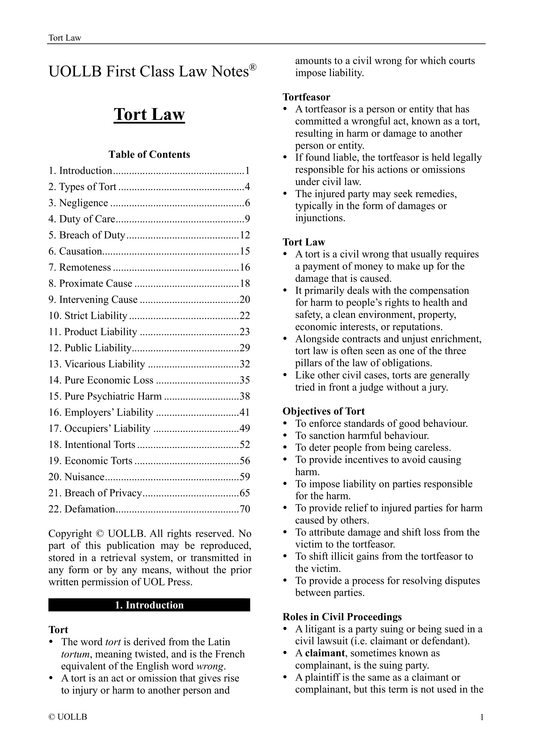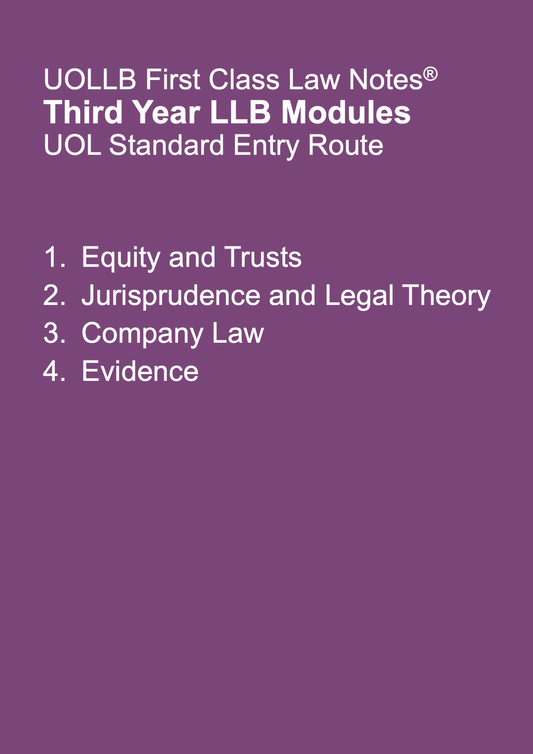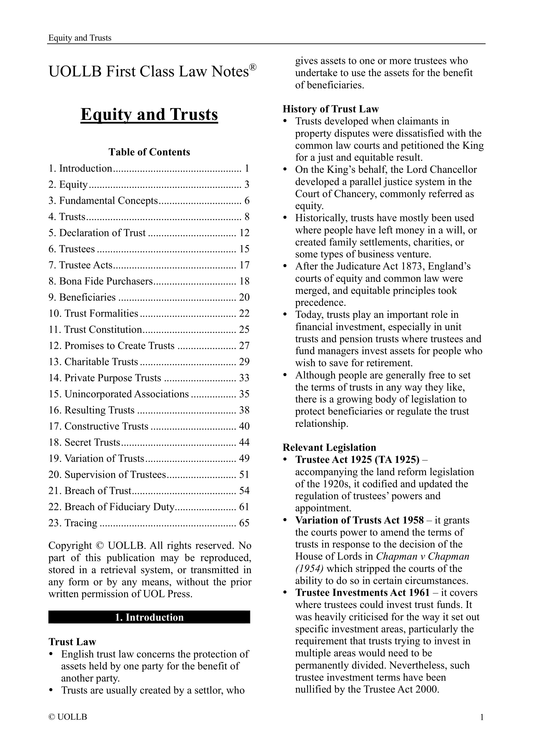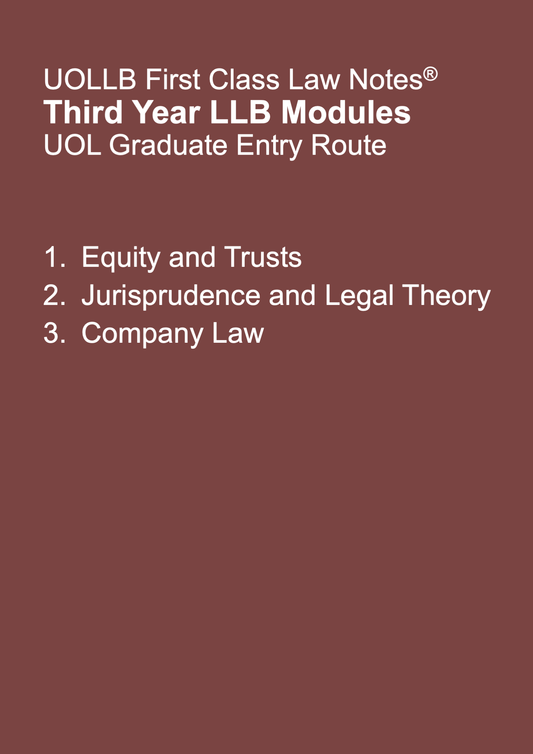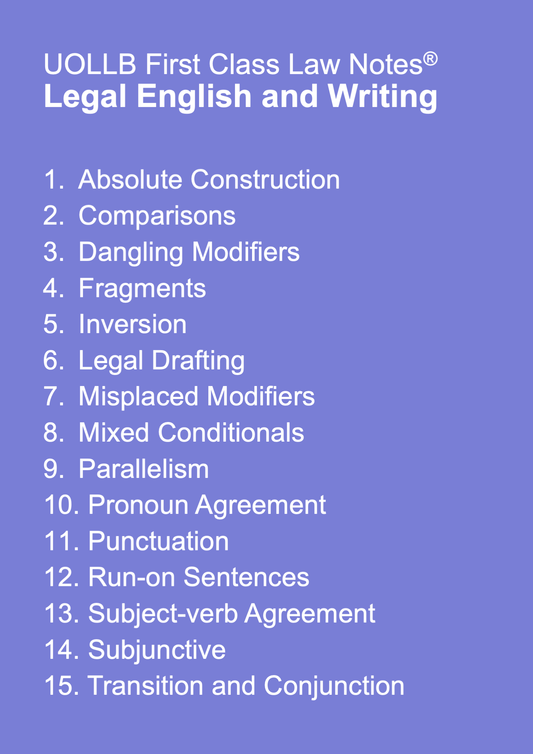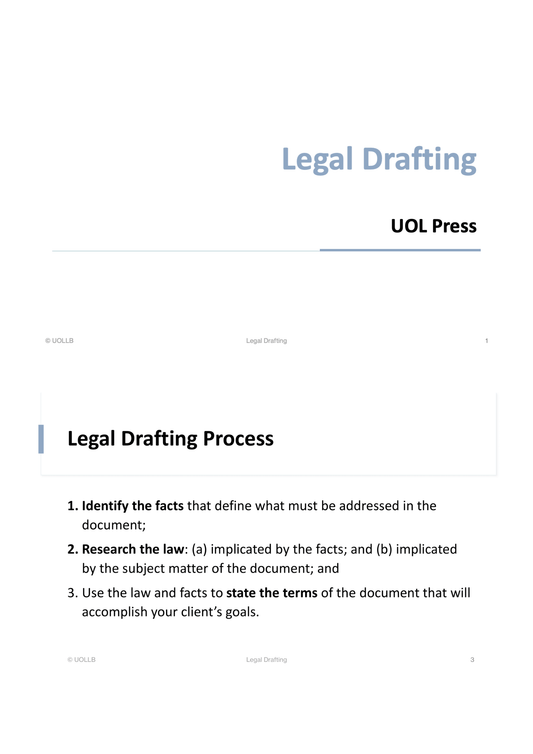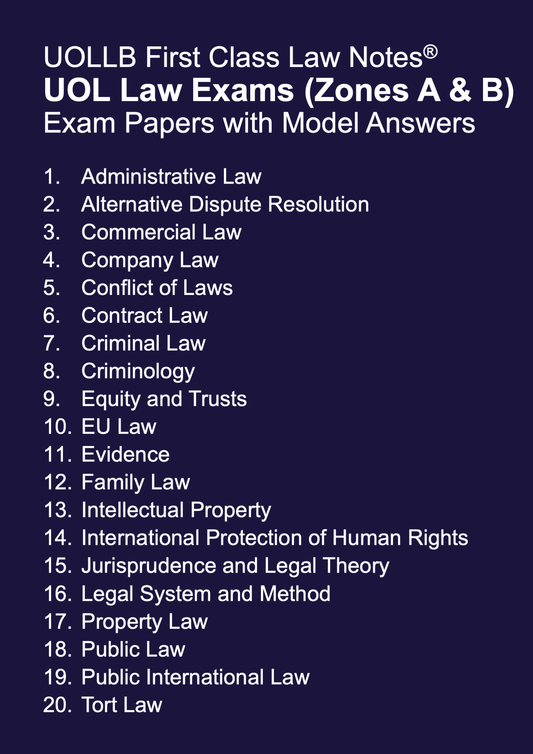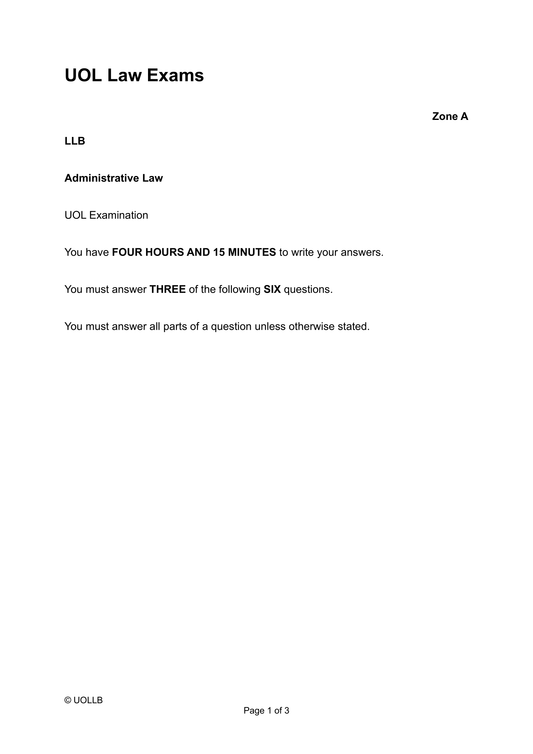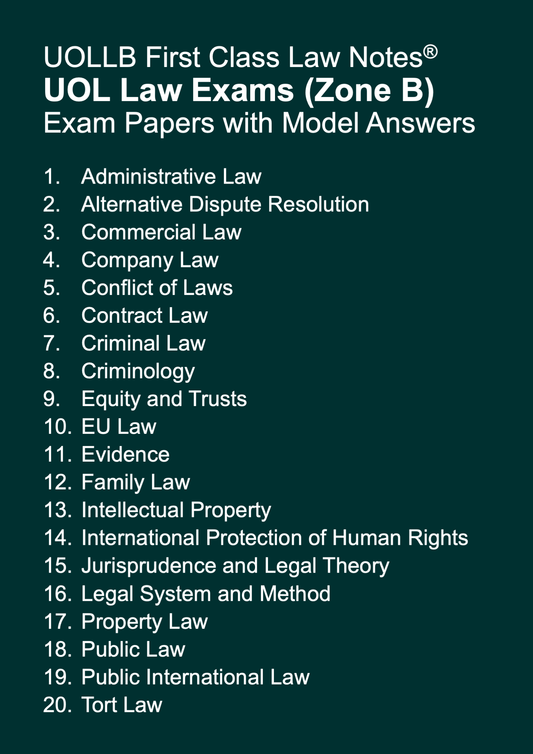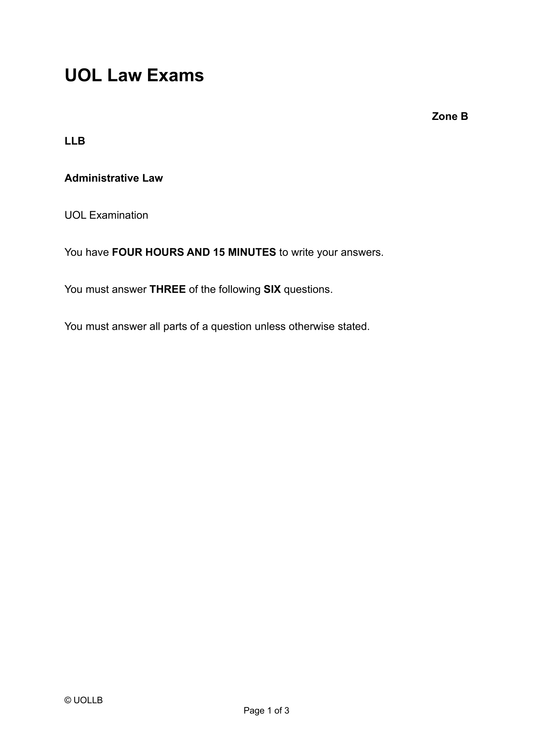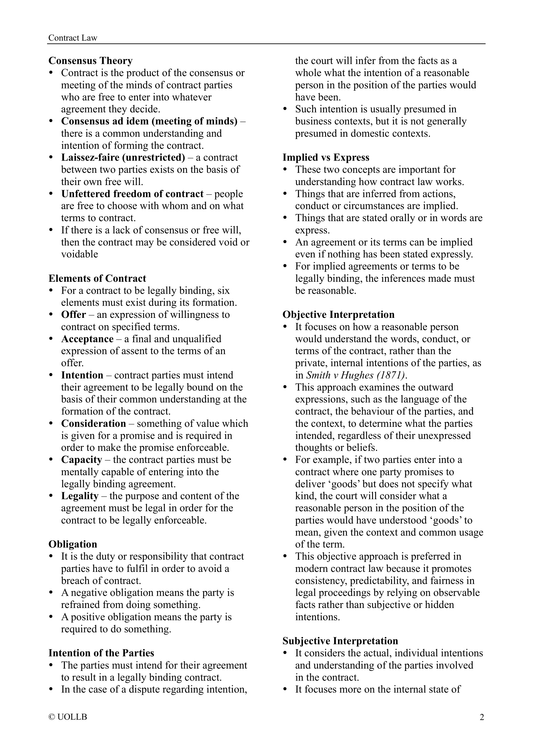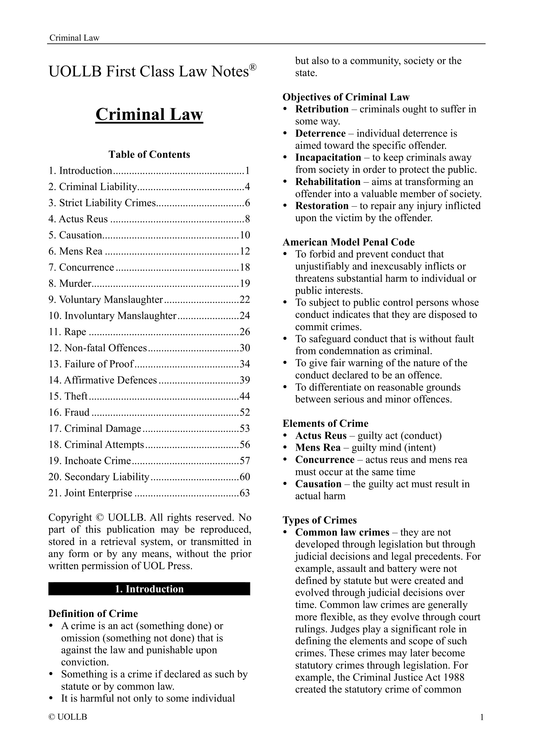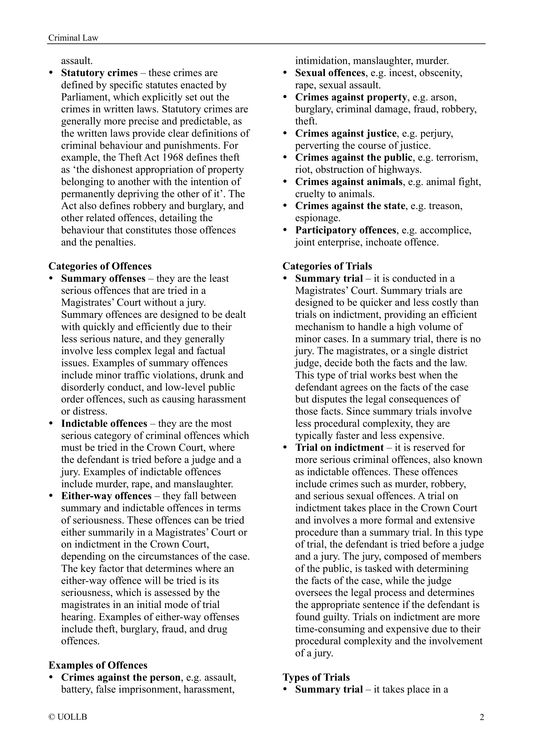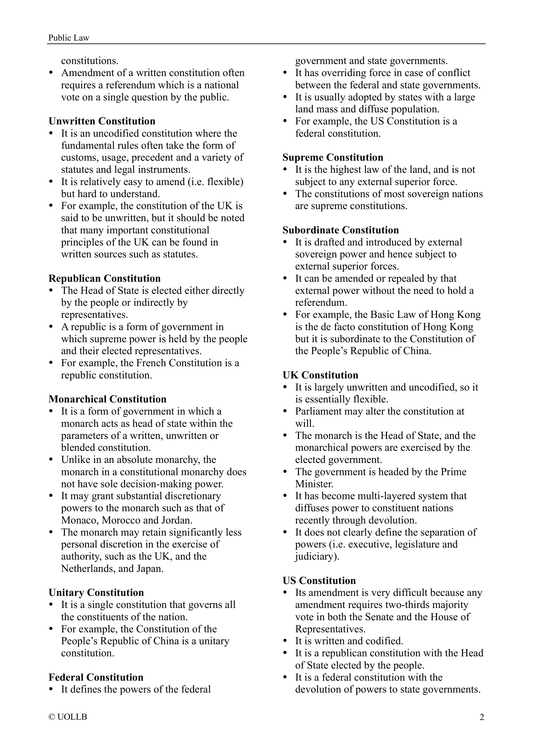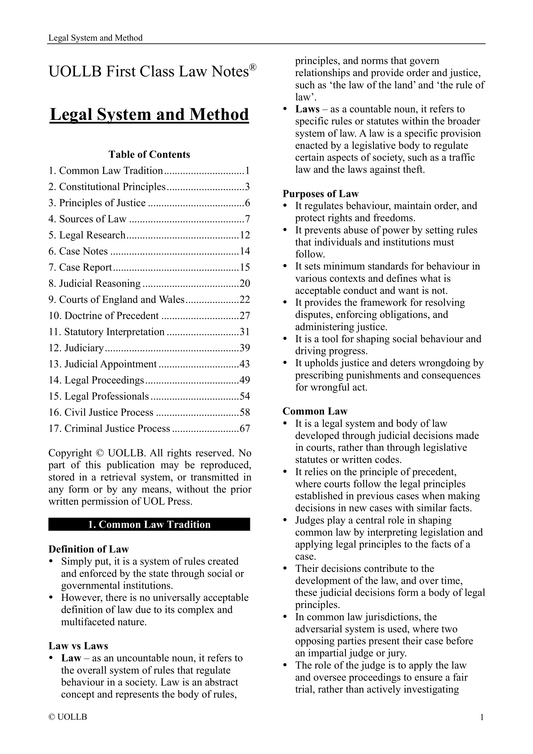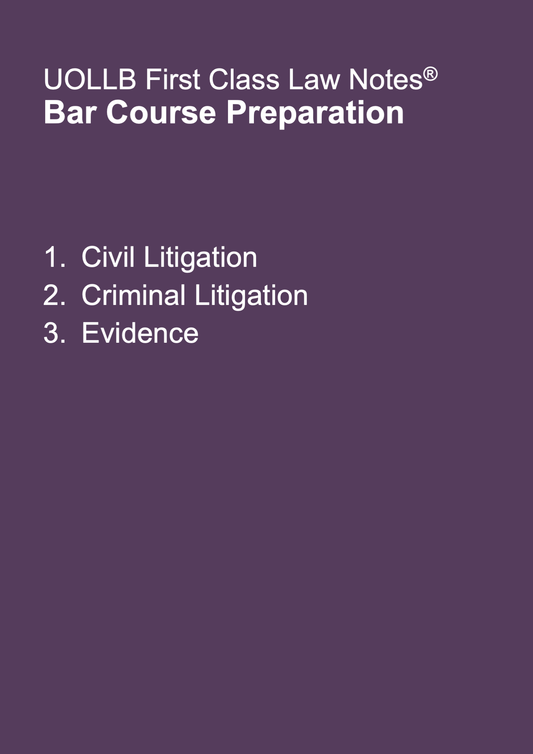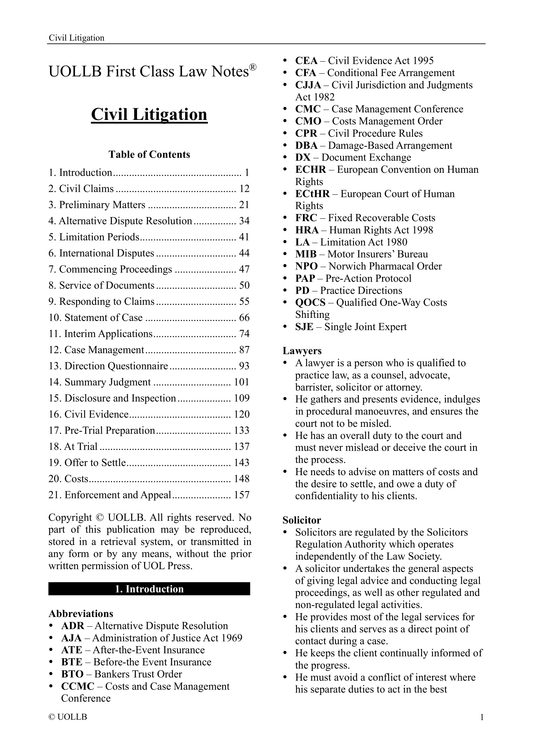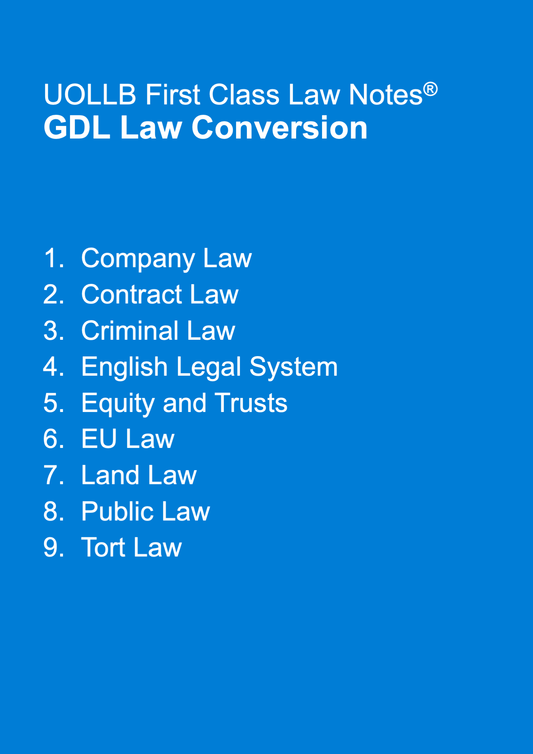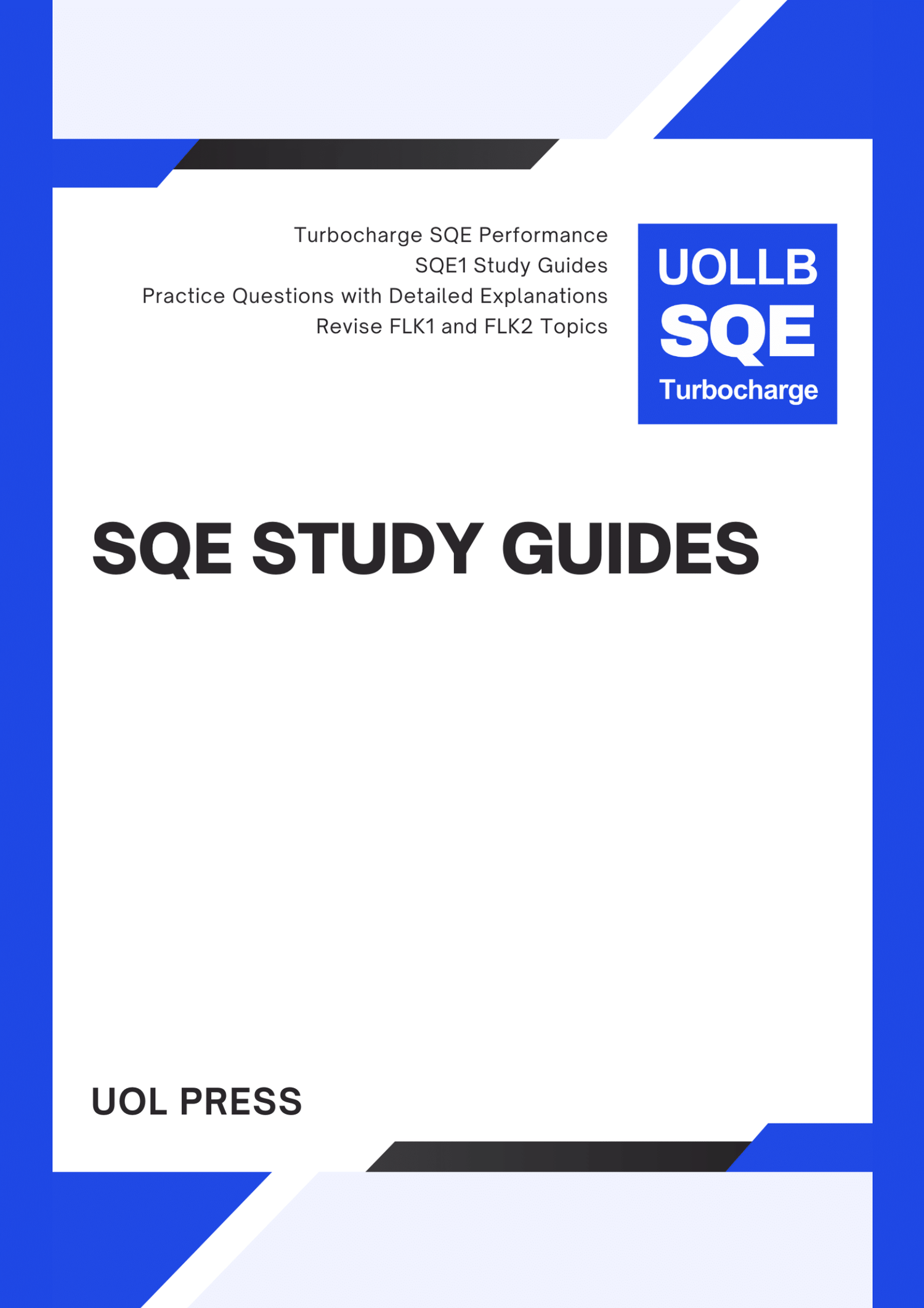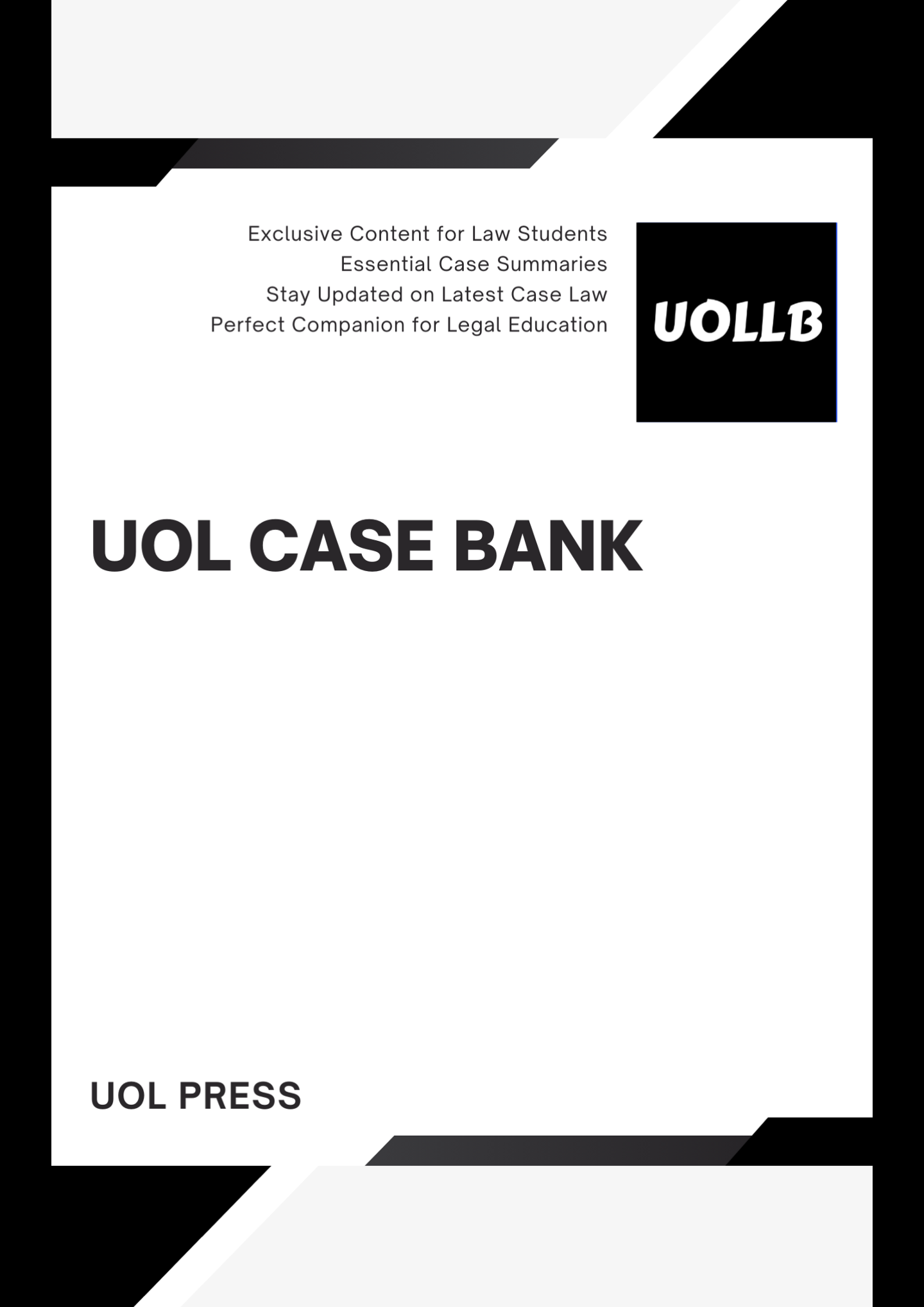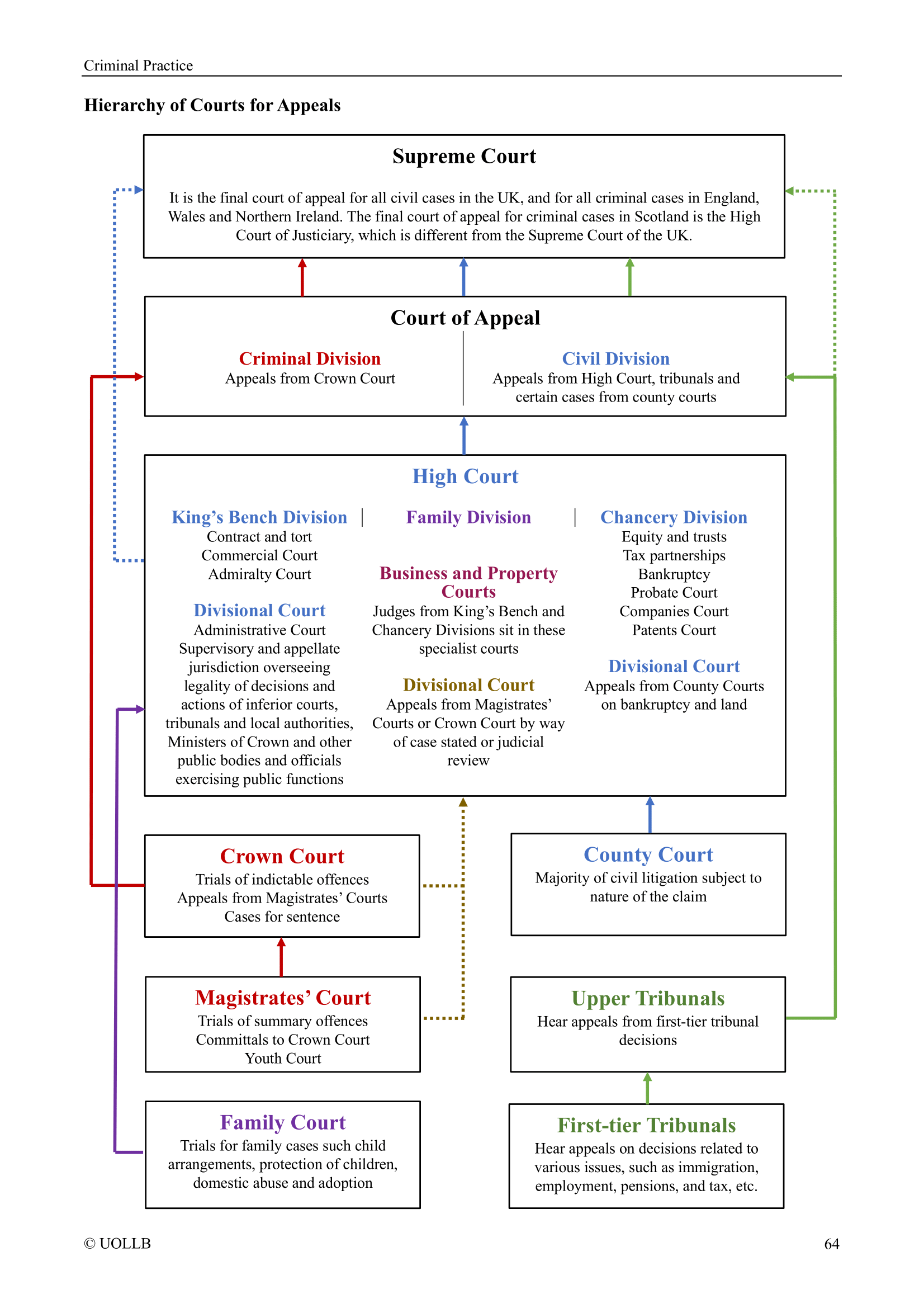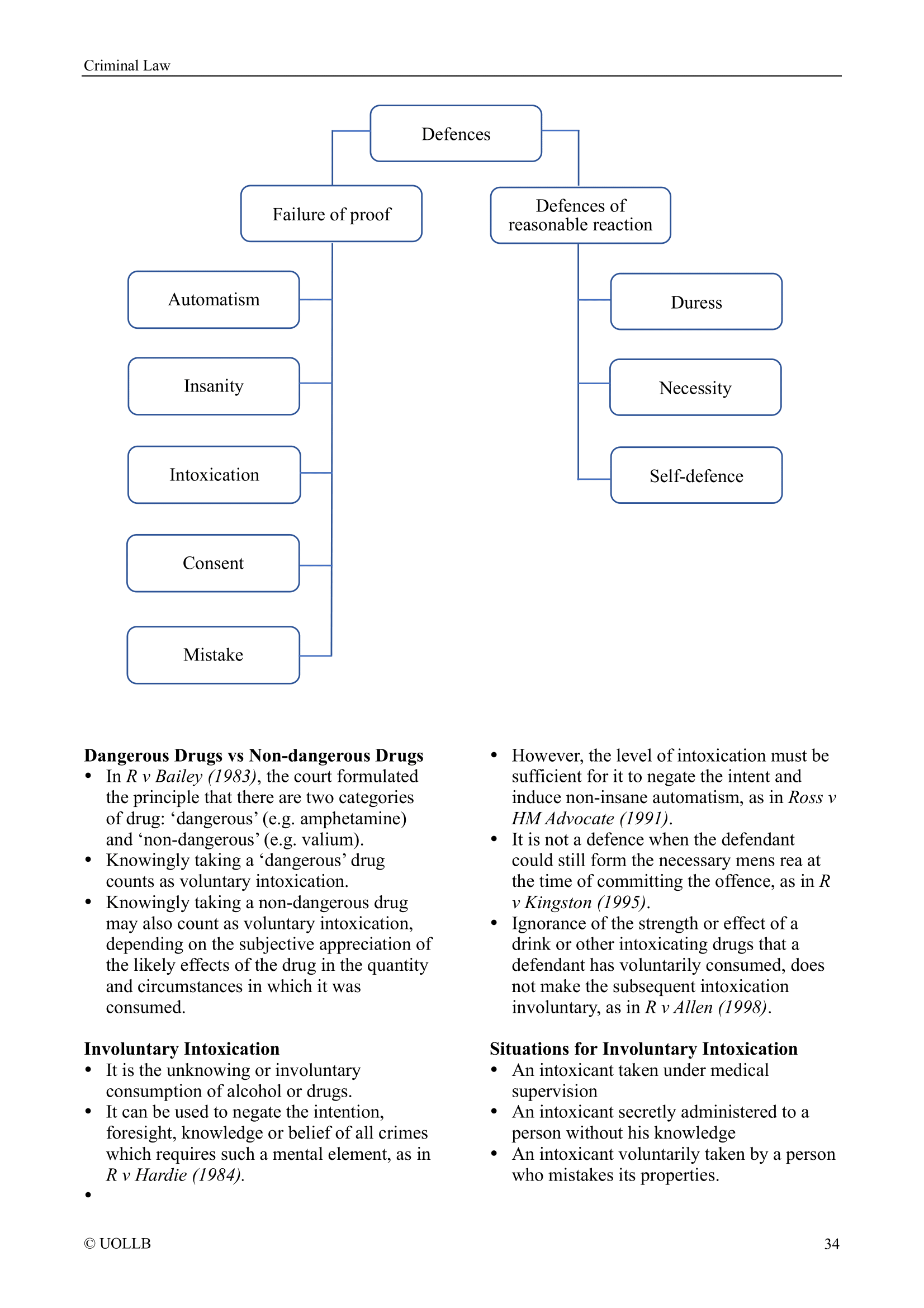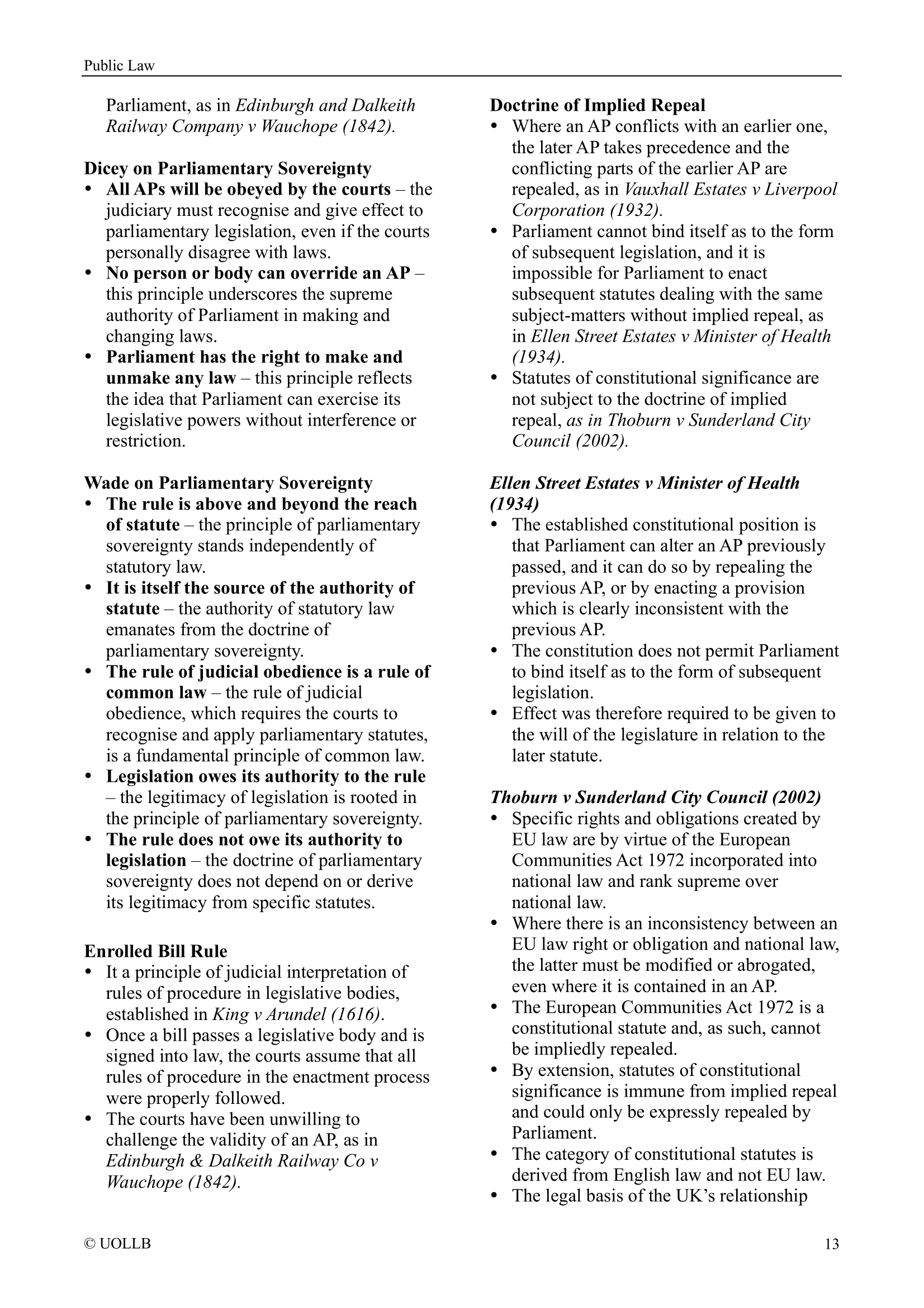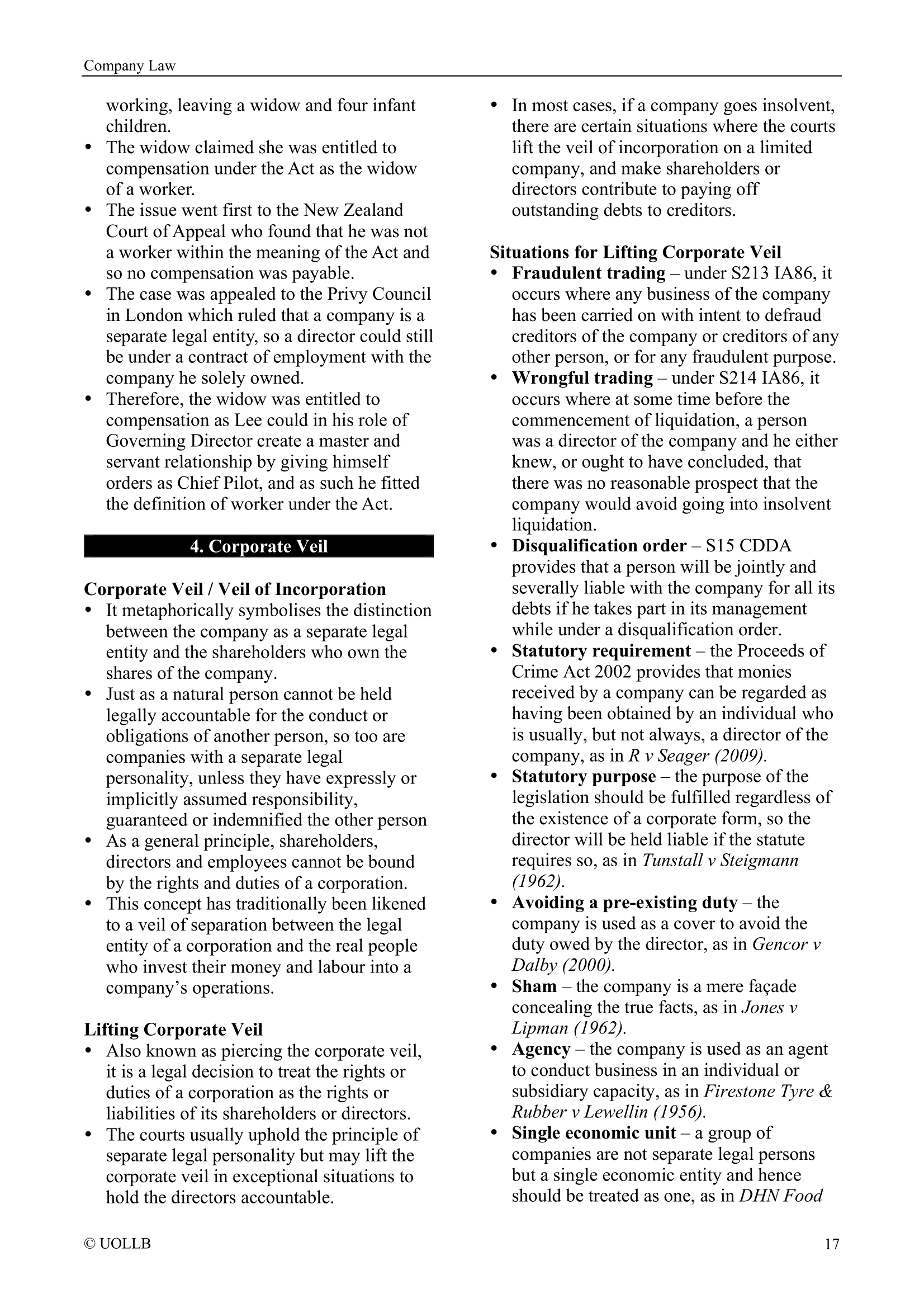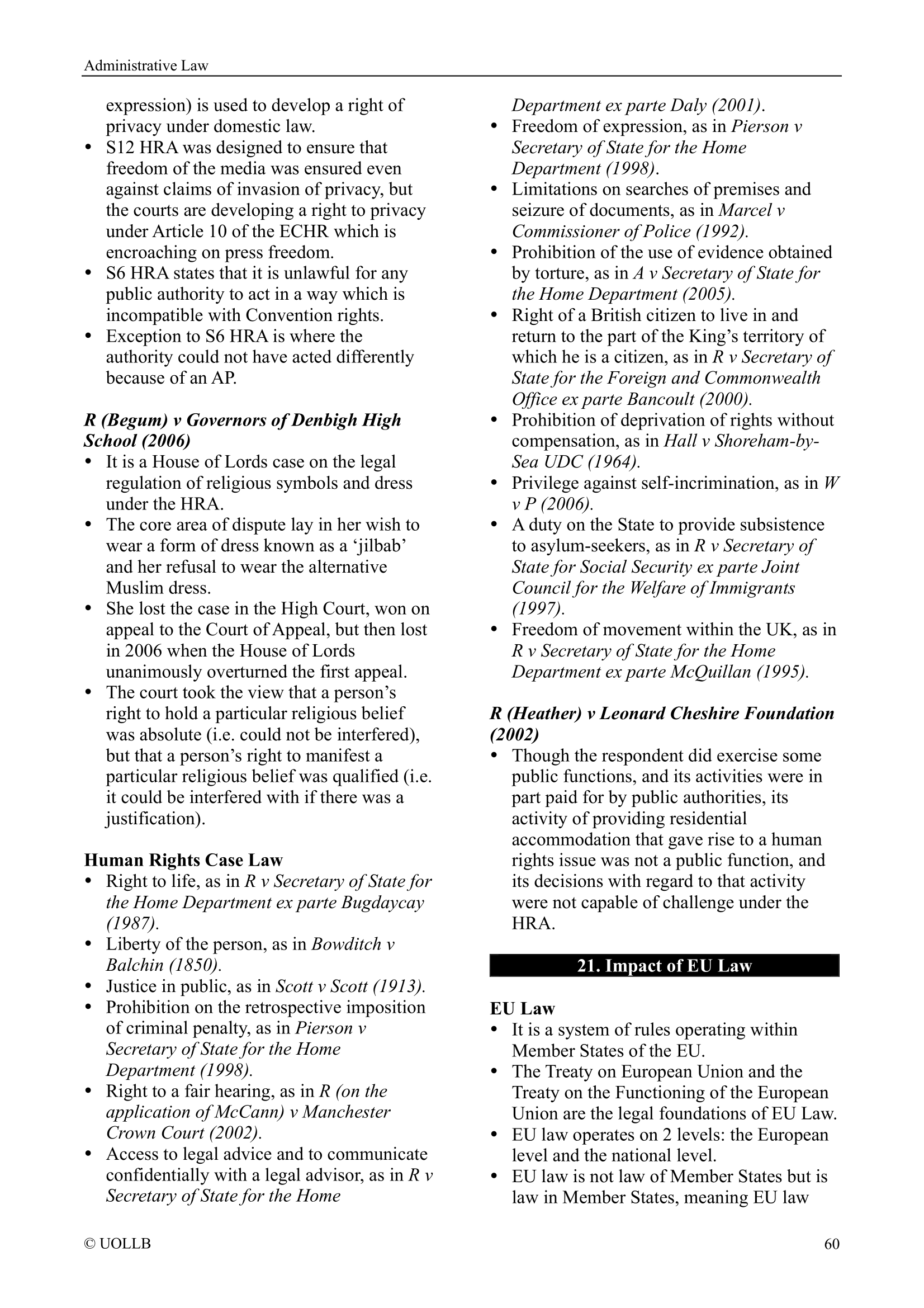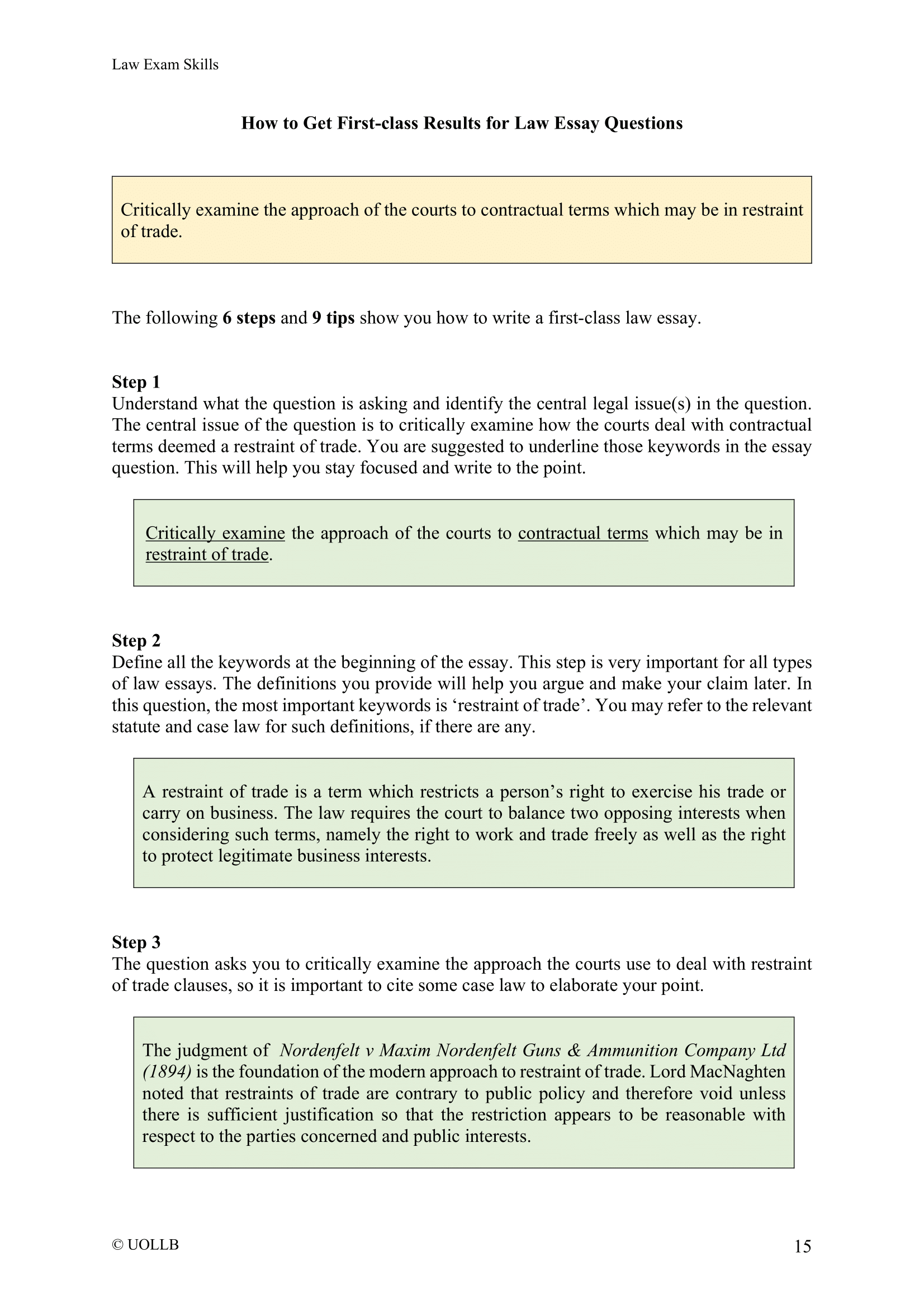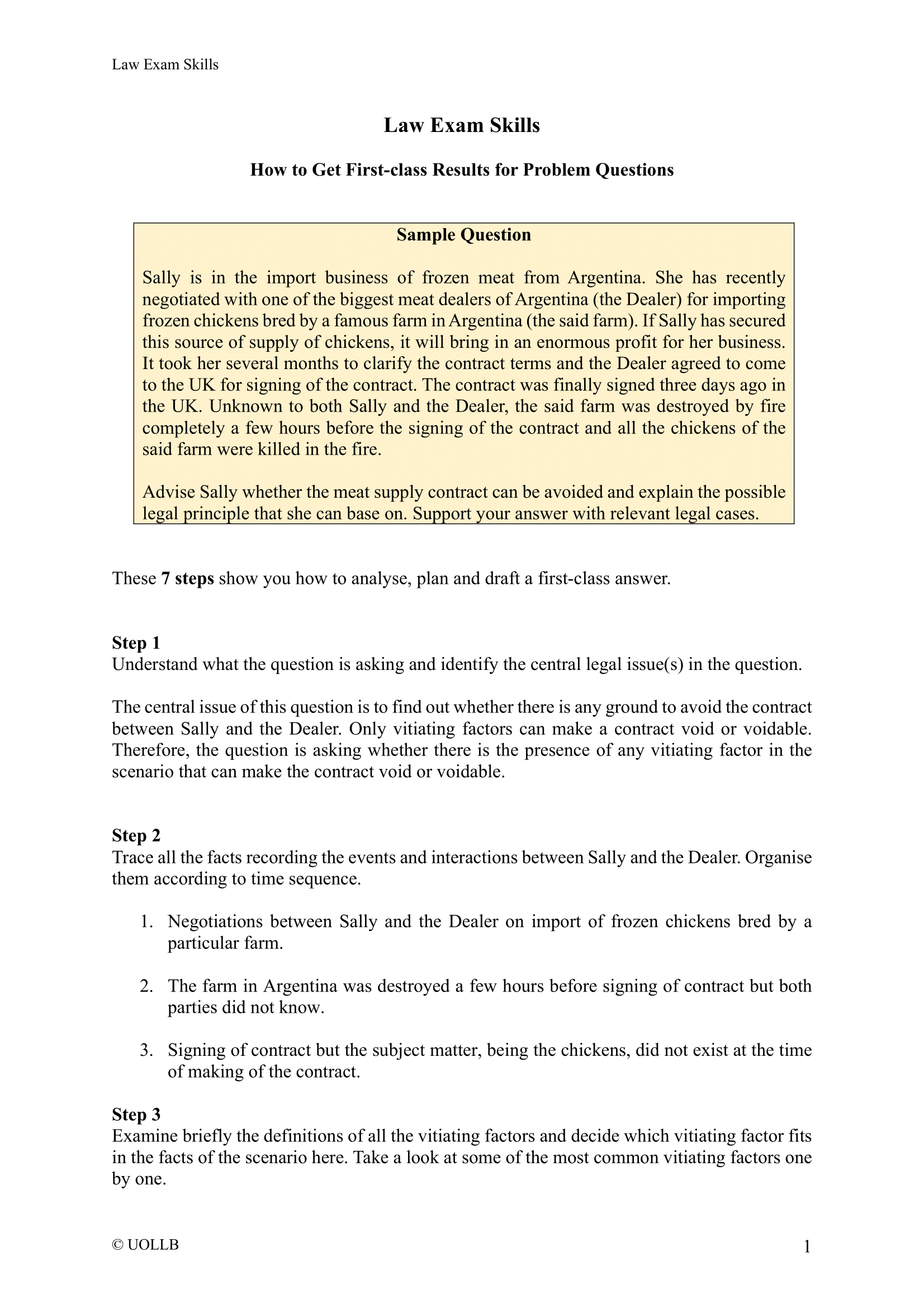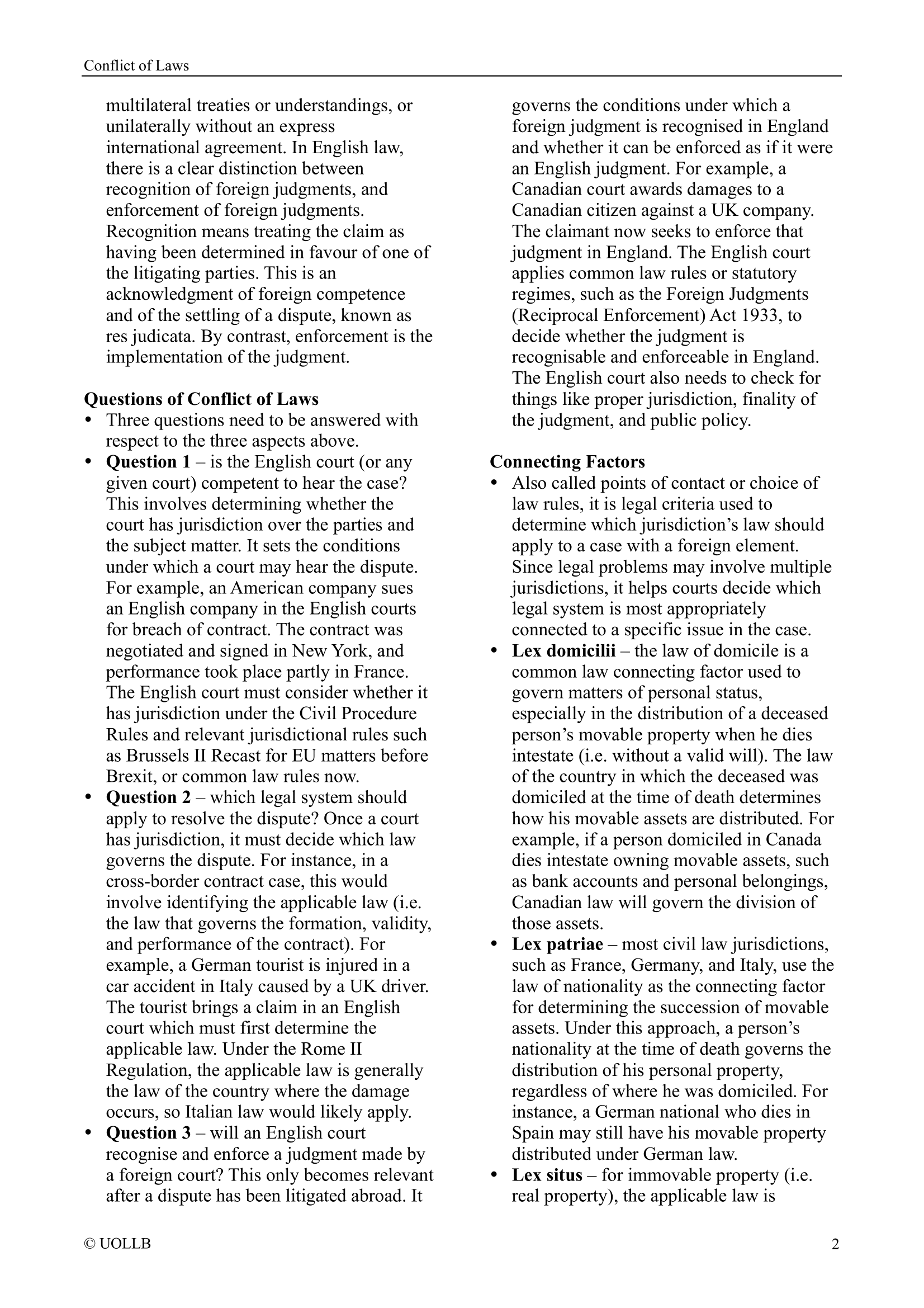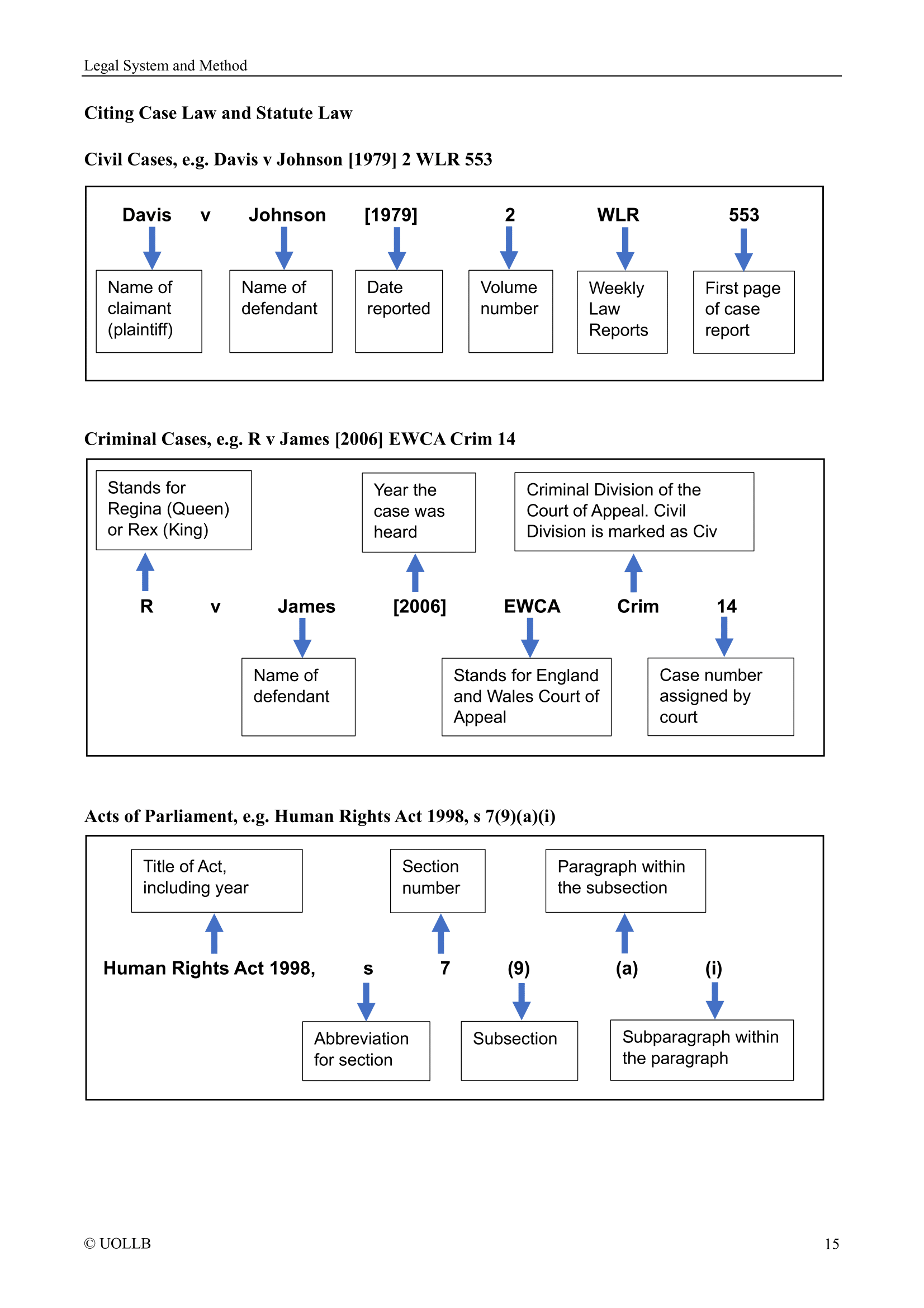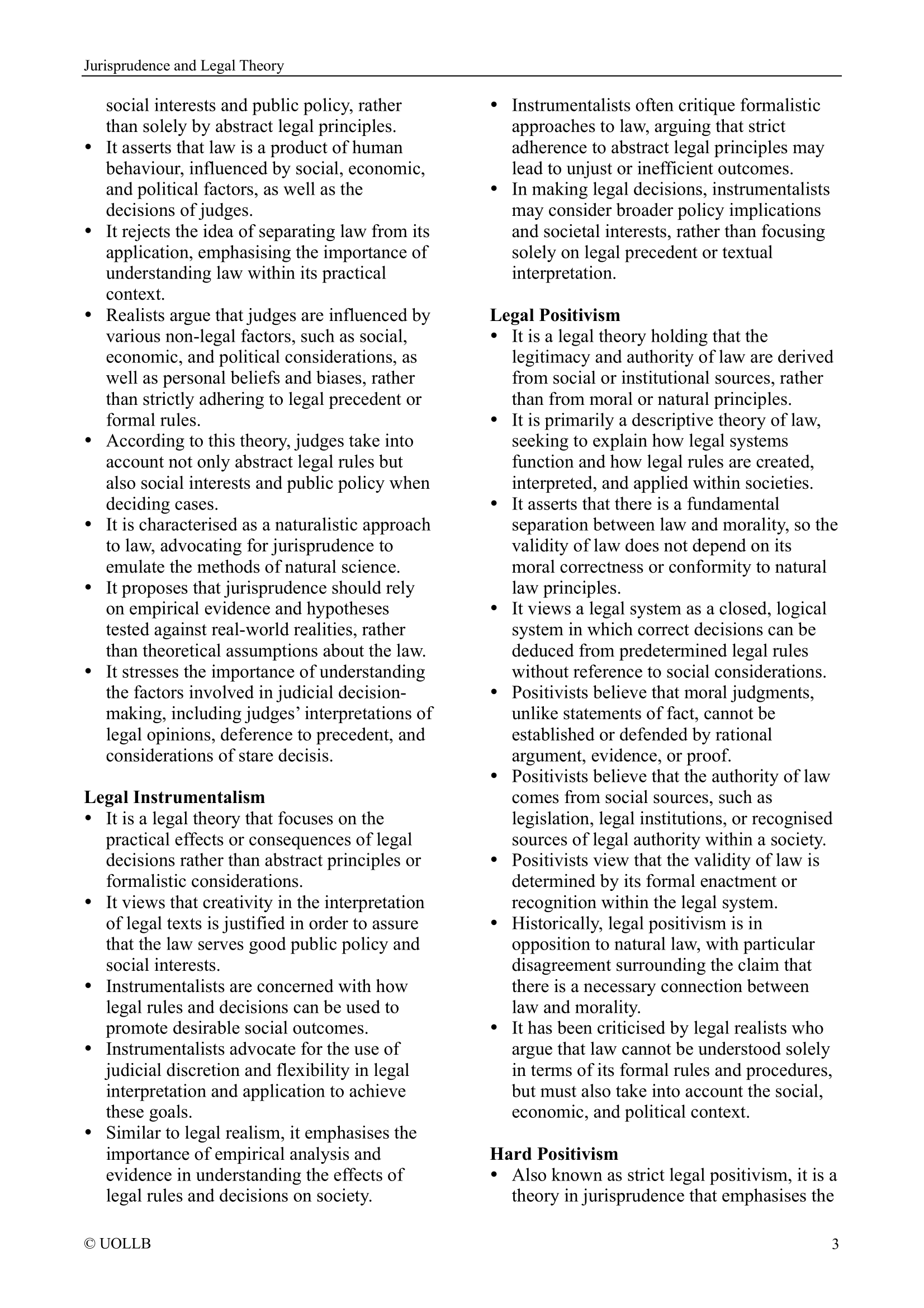Mersey Docks and Harbour Board v Coggins and Griffiths [1947]
Share
Mersey Docks and Harbour Board v Coggins and Griffiths [1947] AC 1 is a notable case where the House of Lords examined the question of vicarious liability where a worker is temporarily under the control of another party. The case arose when the Mersey Docks and Harbour Board, a statutory authority, provided a mobile crane along with a craneman (the driver) to a firm of stevedores for the purpose of loading a ship. The craneman was a regular employee of the Harbour Authority: he was hired, paid, and subject to dismissal by them. However, under the general hiring agreement, it was stated that the craneman should be regarded as the servant of the stevedores during the hire period.
During the loading operation, the craneman negligently operated the crane, injuring a third party. Although the stevedores had some control over the craneman's tasks (such as which cargo to lift and where), they had no control over how he physically operated the machinery. The injured party brought an action against both the Harbour Authority and the stevedores, and the central legal issue was which of the two parties should bear vicarious liability for the craneman's negligent conduct.
The House of Lords held that the Harbour Authority remained vicariously liable for the negligence of the craneman. Lord Macmillan and the rest of the court stressed that although the stevedores gave day-to-day instructions, they did not have sufficient control over the manner in which the work was carried out, as they could not tell the craneman how to operate the crane. The court found that mere control over the result of work (e.g. what cargo to move) was insufficient to transfer legal responsibility. What mattered was who had control over the method and means of performing the work. Since the Harbour Authority retained the right to control how the crane was driven and had entrusted the craneman with discretionary operational decisions, they could not escape liability.
The judgment reaffirmed that the general employer will continue to bear liability unless they clearly relinquish control over the worker's activities to another party, which was not the case here. The burden to prove that the responsibility had shifted lay heavily on the general employer, and in this instance, the Harbour Authority failed to discharge that burden. The existence of a hiring agreement stating that the craneman was to be considered a servant of the hirer was not, by itself, determinative. Instead, the court looked to the actual practice and degree of control exercised.
This case remains a leading authority on vicarious liability in "loaned employee" scenarios. It illustrates that the legal employer cannot avoid liability simply by contractually designating a worker as someone else's servant during a hire. What matters is who retains effective control over the worker's conduct, particularly in technical or skilled roles where operational discretion is significant.
